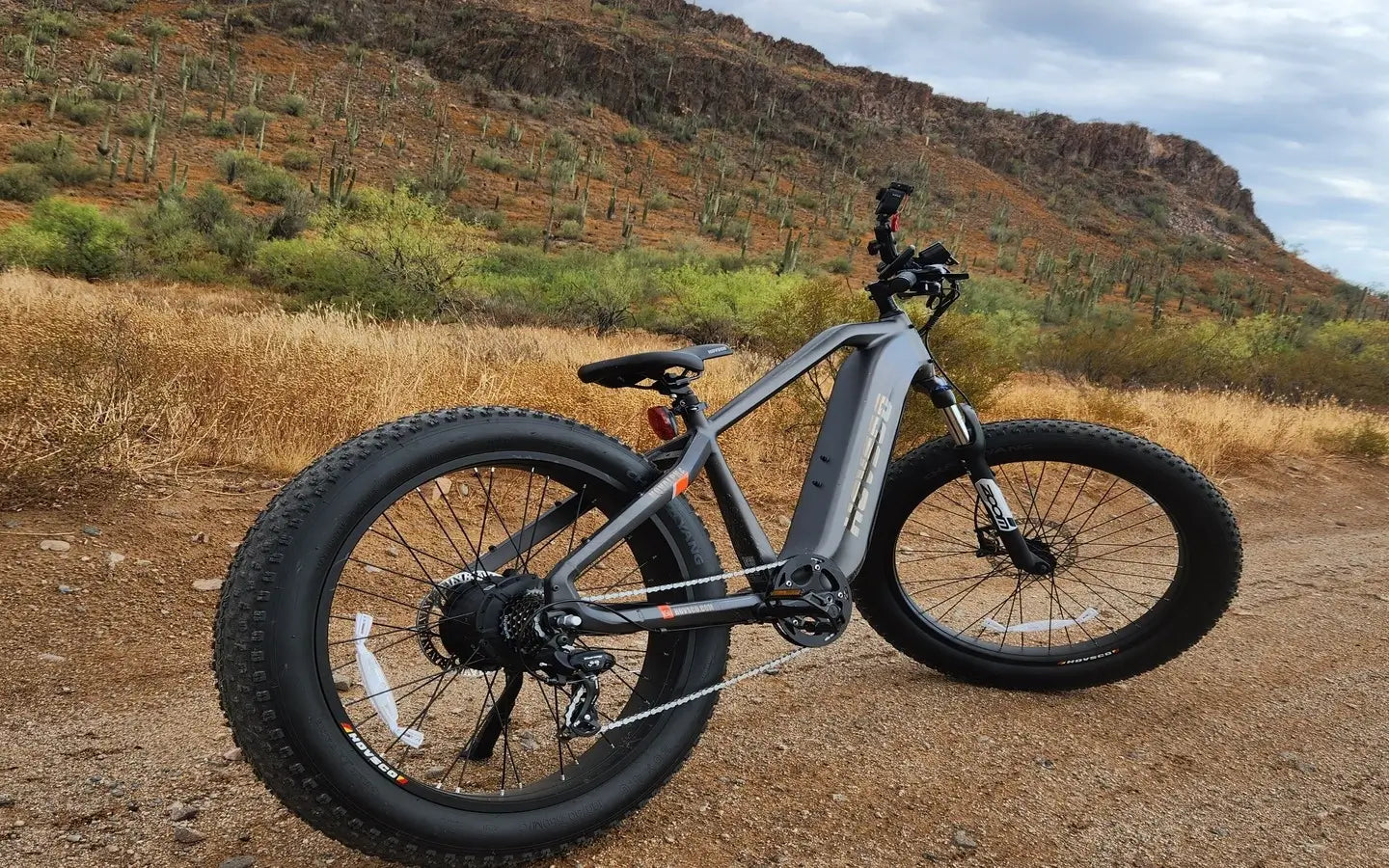
- by LiuJiazhu
What Practices Extend Electric Bicycle Battery Life?
- by LiuJiazhu
Electric bicycle battery life can be extended by adopting smart charging habits, maintaining optimal storage conditions, and practicing efficient riding techniques. Key practices include charging to about 80-90% rather than 100%, storing batteries at moderate temperatures with partial charge, avoiding deep discharges, and using pedal-assist modes wisely to reduce battery strain. These combined efforts preserve battery capacity and enhance lifespan significantly.
Charging your electric bicycle battery thoughtfully is crucial to prolonging its life. Avoid charging to a full 100% every time; instead, aim for about 80-90% capacity for daily use. This reduces stress on lithium-ion cells and slows capacity loss over time. When you do charge fully before a long ride, use the bike soon after to prevent the battery from sitting at full charge, which can degrade cells. Also, unplug the charger once the battery is full to prevent overcharging. Establish a regular charging routine by topping up after each ride or before the battery dips below 20-30%. Frequent partial charges are better than deep discharges, as cycling between 30-80% charge optimizes battery longevity.
Chart: Typical Battery Charge Recommendations vs. Battery Health Impact
| Charge Level (%) | Recommended Use | Impact on Battery Life |
|---|---|---|
| 30-80 | Ideal daily charge range | Maximizes lifespan |
| 80-90 | Daily use, partial charge | Good balance of capacity |
| 100 | Before long rides only | Use immediately, avoid rest |
| Below 20 | Avoid frequent deep discharge | Accelerates degradation |
Storing your e-bike battery correctly when not in use is as important as charging habits. Batteries should be kept in a cool, dry place ideally between 10-25°C (50-77°F). Avoid extreme temperatures—both heat and cold can accelerate battery degradation and reduce performance. For long-term storage, keep the battery partially charged, typically between 40-70%. Storing a battery fully charged or completely drained can cause irreversible capacity loss. Periodically check and recharge the battery every few months if stored for extended periods. Also, keep the battery away from direct sunlight and damp environments to prevent damage.
Your riding style directly influences how quickly the battery drains. To extend electric bicycle battery life, use pedal-assist modes judiciously—favor eco or tour modes on flat terrain and reserve higher power modes for hills or acceleration. Maintain a steady pace and avoid rapid accelerations or frequent stops, which cause higher power consumption. Using your own pedaling power when possible reduces battery load. Proper tire inflation also helps by reducing rolling resistance, allowing the motor to work less hard and conserve energy.
Chart: Impact of Riding Modes on Battery Range
| Riding Mode | Typical Battery Drain Rate | Battery Range Impact |
|---|---|---|
| Eco/Tour | Low | +20-25% range increase |
| Standard | Moderate | Baseline range |
| Turbo | High | -20-30% range decrease |
Regular maintenance of your e-bike battery and connections can prevent performance issues. Clean battery terminals monthly with isopropyl alcohol and apply dielectric grease to prevent corrosion. Inspect charging cables and connectors for wear or damage to avoid electrical faults. Ensure the battery is securely mounted to reduce vibrations that might damage cells. Calibrate your battery meter every 30 charging cycles by fully charging, discharging until shutdown, then recharging uninterrupted. This helps maintain accurate battery level readings and optimizes usage.
Environmental conditions such as temperature extremes and moisture exposure significantly affect battery health. Cold weather reduces battery capacity temporarily, so store batteries indoors during winter and allow them to warm before charging. Avoid exposing batteries to direct sunlight or high heat, which accelerates chemical degradation. Moisture can corrode contacts and internal components, so keep batteries dry and store them in humidity-controlled environments.
When purchasing an electric bicycle or replacement battery, prioritize models with high-quality lithium-ion cells and reputable battery management systems (BMS) that protect against overcharge, deep discharge, and temperature extremes. Look for batteries with manufacturer-recommended charging guidelines and firmware update support to optimize performance. Consider e-bikes that offer multiple assist modes and efficient power management features to help extend battery life through riding habits. For long-term use, investing in a secondary battery can distribute charge cycles and increase overall system lifespan. HOVSCO electric bicycles, known for innovation and safety, provide reliable battery technology designed for diverse riding needs and durability.
"Extending electric bicycle battery life is a multifaceted endeavor. It requires a blend of disciplined charging habits, mindful riding, and proper storage. At HOVSCO, we emphasize educating riders on partial charging and temperature management as foundational steps. Our design philosophy integrates smart battery management systems to safeguard cells from stress, ensuring riders enjoy consistent performance over years. Every small choice—from how you pedal to where you park—contributes to a longer-lasting battery and a more sustainable riding experience." — HOVSCO Battery Technology Specialist
How often should I charge my e-bike battery?
Charge after every ride or when the battery reaches about 30-50% to avoid deep discharges and prolong battery life.
Is it bad to leave my e-bike plugged in overnight?
Yes, prolonged charging after reaching full capacity can degrade the battery. Unplug once fully charged.
What is the best temperature to store an e-bike battery?
Store batteries between 10-25°C (50-77°F) in a dry place, avoiding extreme heat or cold.
Can riding in cold weather damage my battery?
Cold reduces battery capacity temporarily but does not cause permanent damage if properly stored and warmed before charging.
Should I use the highest pedal-assist mode all the time?
No, using eco or tour modes conserves battery life; reserve turbo mode for hills or when extra power is needed.
How can I tell when my battery needs replacement?
Signs include capacity dropping below 60%, longer charge times, physical swelling, or overheating during use.
Share:
How Can Reliable Cheap eBikes Ensure Long Battery Life?
What Benefits Does Pedal-Assist Technology Offer Modern eBikes?